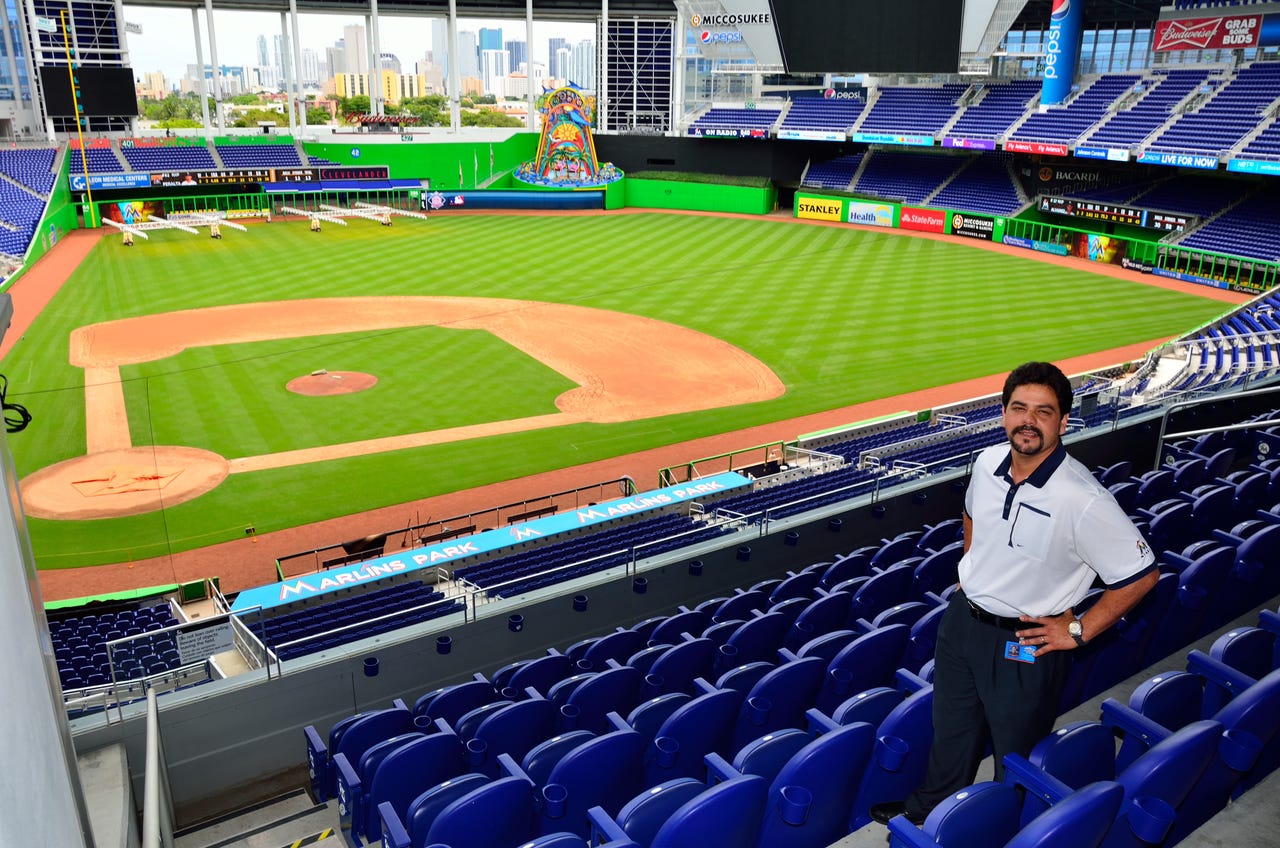Miami Marlins scores home run with cloud migration

IT Manager Ozzy Macias describes his employer, the Miami Marlins baseball team, as an average SMB, with the qualification that running a sports venue makes it a little different.
Everyday data includes financials, analytics, email user files, roaming profiles, and multimedia. But the business's killer app is the one that captures and stores footage of every pitch, hit, and player on the field from several different angles.
The system has 100 virtual servers, 300 users, 7,000 available network ports, and 4,000 online nodes. It wields approximately 300TB of data storage, handling everything from video and multimedia to applications and databases.

Unlike many, the Miami Marlins has kept cloud computing efforts in-house and plans to build out to public cloud services in the future after gaining a deeper understanding of the possibilities and pitfalls of cloud. The Marlins' current environment, established in 2012, was the culmination of long-term plans. The organisation laid the foundation of its private cloud environment by architecting its own virtual server farms. Macias – who drove the project along with senior director of IT David Enriquez - explains the philosophy.
"We felt it would lead us to our ultimate goal of a device-agnostic, flexible, and highly available pool of corporate resources," he says. "We wanted full control of our cloud so we could dictate how or when we expand into a public-private hybrid solution."
The Marlins' system runs on backend object-storage technology from provider Cleversafe, and a local interface to the system from cloud storage software provider Panzura. It provides tangible advantages. One member of the IT staff instantly recovered nearly 30 percent of time formerly spent on backups.
Preparation for the cloud world had been made by moving some business processes online. First steps were adopting software as a service (SaaS) for a few specific workloads. But Macias calls the move to Cleversafe the most important step towards a true cloud environment. "Our feeling and approach is that a hybrid model is where we can control the growth from the private to the public," he says.
The migration was achieved using a combination of the expertise of the Marlins' IT staff and a couple of local value-added resellers, and Macias and his team are very happy so far. "It not only future-proofs our operation and ensures our systems can grow with our data, it gives us security and always-on access to the assets that are critical to our success. We can seamlessly access data from the ballpark or training facilities without a data center build-out."